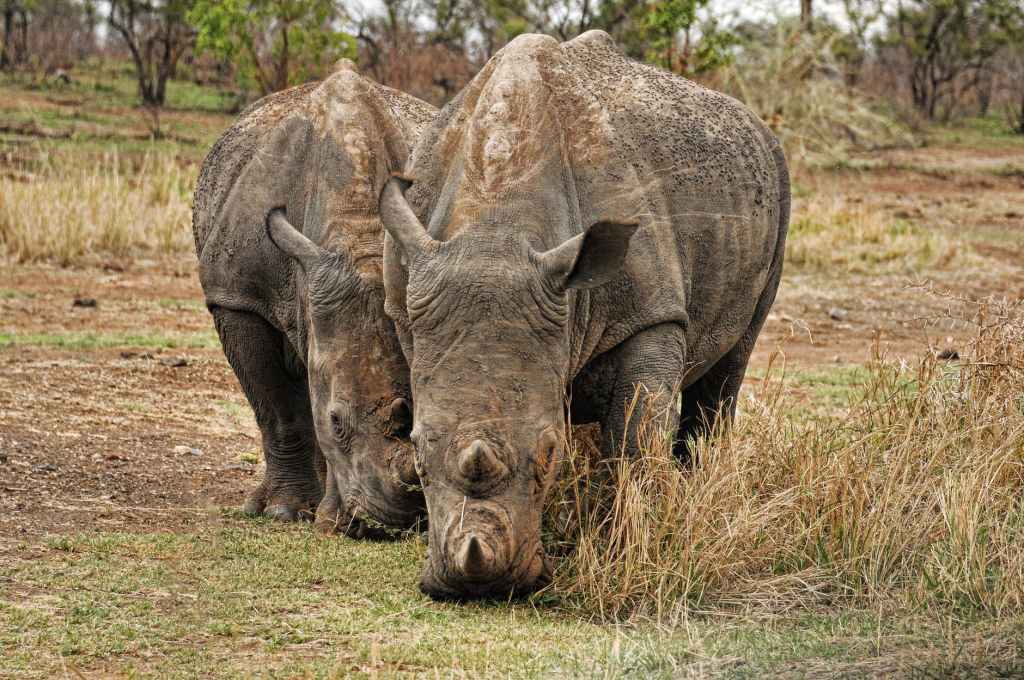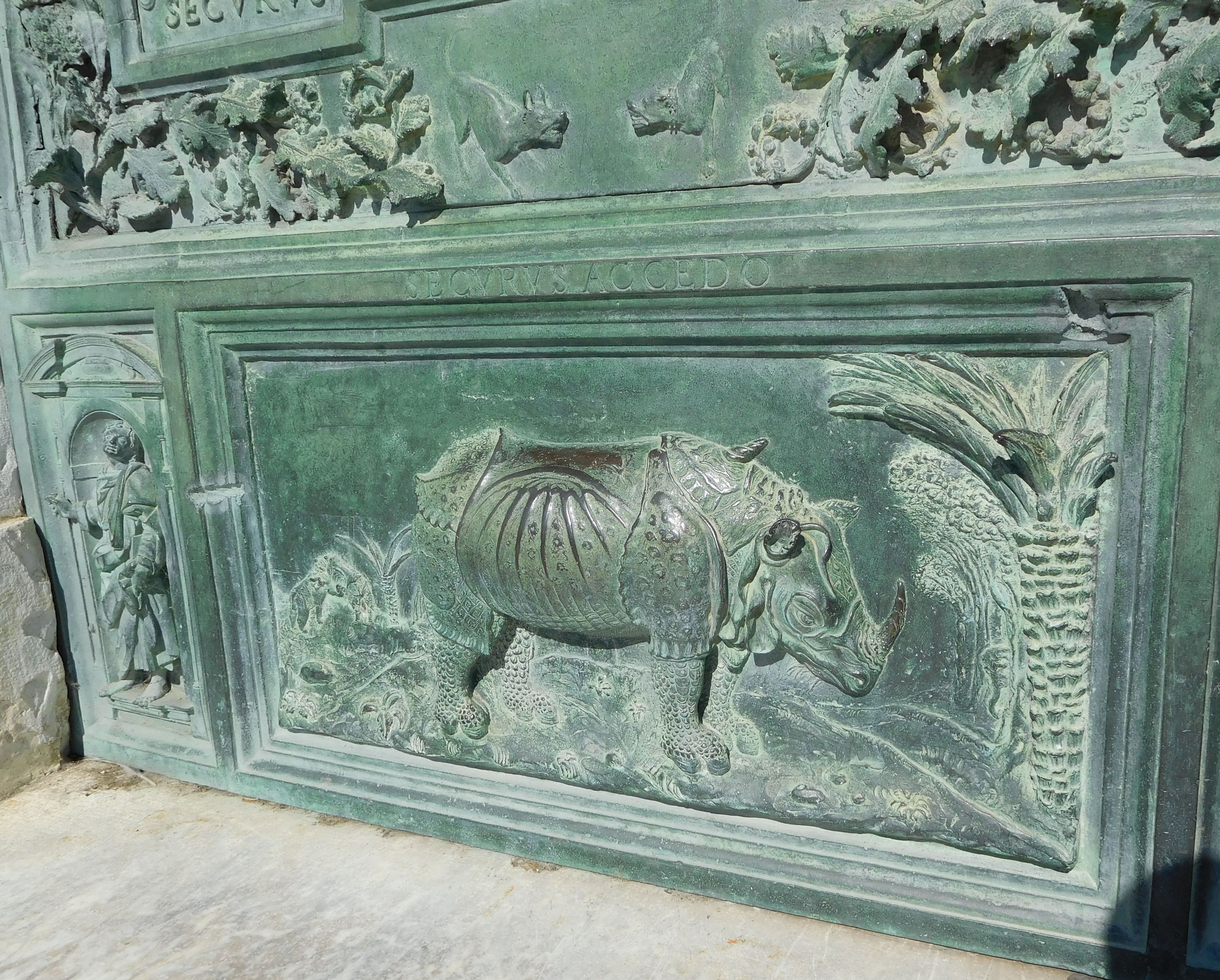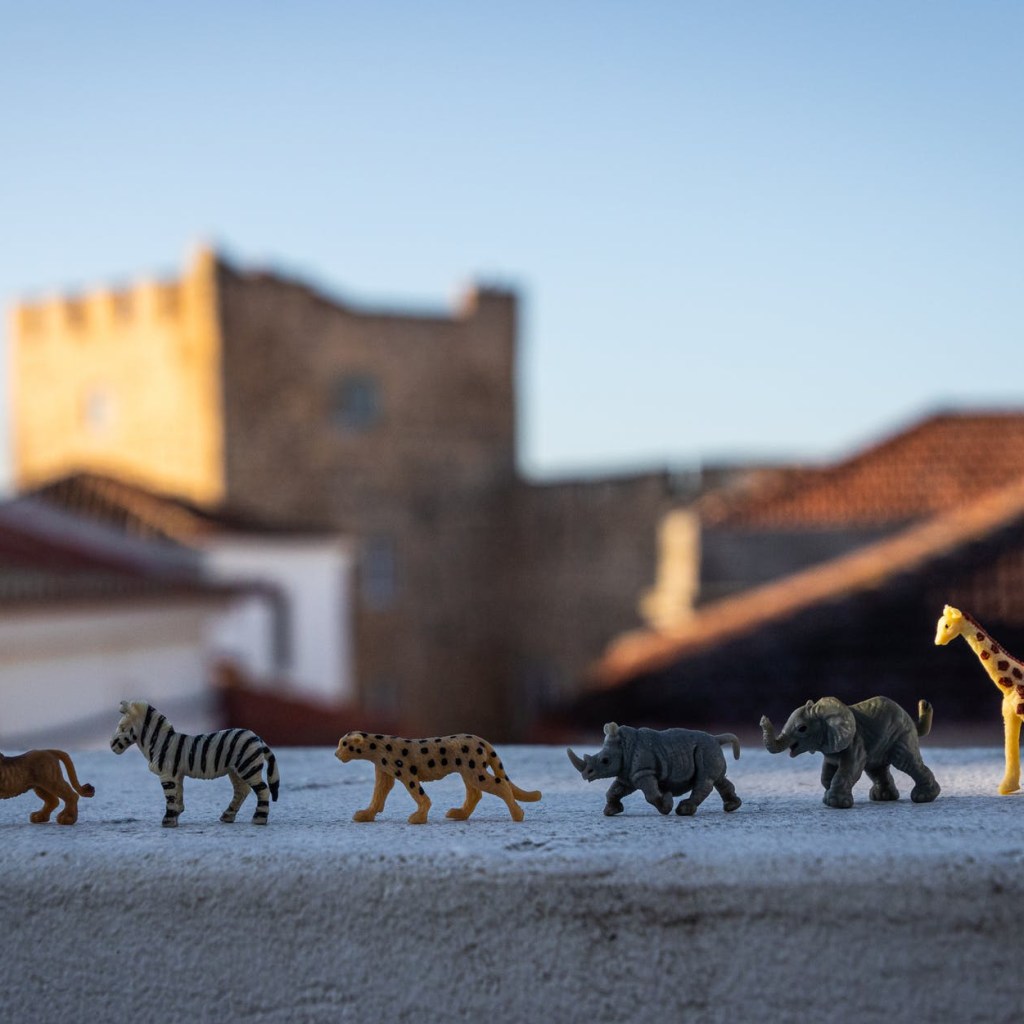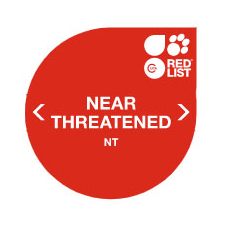
Oscar Wilson, graduate student says,
Not being conventionally beautiful, cute or colourful, rhinos might not seem like the obvious choice for most artists. However they have a much more important role in art history than most animals and the importance of art to the five modern rhino species continues to this day.
“How did it die?”
One of the scariest questions you can be asked in a natural history museum is “How did it die?” In almost every case, the answer is not good…
For the white rhino in the gallery of our museum, it is also painfully obvious.
On the fourth rib, about halfway up, there is a very significant hole (have a look when it is possible to visit).
This is a mark of how large mammals like rhinos were ‘collected’ by Victorian explorers.
Note: all University Museum of Zoology rhinos are sporting replica horns.

Our white rhino was ‘collected’ by R.T. Coryndon in 1892 and was one of two specimens commissioned for this species. The other rhino is on display in the Natural History Museum, London, and the skin of our rhino is in Tring.
As part of the description of this hunt, a drawing was produced by Joseph Smit of the rhino in question:

Coryndon was one of the first to write a paper on the conservation of the white rhino. It may seem odd that he shot two healthy adult rhinos to prove that the species wasn’t extinct; this was sadly relatively common practice at the time.

The southern white rhino fell to a population of under 50 in the early 20th Century but has thankfully recovered and is now the most common rhino species in the world, with around 18,000 left in the wild. This is a huge conservation success story!
Sadly, the same is not true for the northern white rhino. The death of the last male of this subspecies, Sudan means that the only hope for their future is assisted reproduction. This provides a warning for the loss of other species worldwide.
To be clear, this is not explicitly a criticism of the Victorian “scientific hunters”. Much of what we know about species today comes from observations made at the time or from specimens they collected. This was a different time with different methods of understanding the world’s animals.
Rhinos as inspiration…
Smit’s image of this white rhino, so closely linked to our own collections, fits into a larger body of artwork of rhinos. In fact, it could be claimed that they are the most influential group of animals in art history.
In 1515, an Indian rhino was transported from Lisbon to Italy as a gift for Pope Leo X, but sadly it never made it, and died in a shipwreck in 1516. Based on a written description of this gift, and a rough sketch, Alfred Dürer produced a woodcut of this rhino (without having ever seen a rhino himself).

This image coincided with the invention of the printing press, and thousands of copies were produced for the first time. For the largely illiterate Europe at this time, the proliferation of this image sparked the imagination, and rhinos were included in the background of a variety of biblical Renaissance pieces.

CC BY-SA
This image was the defining rhino for over 200 years in Europe, until another Indian rhino, a live one this time, (called Clara) went on a European tour in the 18th Century and became arguably the most iconic animal celebrity of all time. Her image too was plastered all over artwork, sigils and even human anatomy textbooks.

The text next to the sailor reads “Would you like to take a sip?”
Image from the Rhino Resource Center
An ugly turn…
Clara’s influence extended into the 19th Century but was diminished with the startling realization that not all rhinos looked the same.
This was the period where Victorian adventurers would take trips to hunt big game, and as a result, most of the images produced at this time depict either human hunting of rhinos or the animals as vicious, angry beasts.
For most Europeans now, big-game hunting of rhinos is unthinkable, but it was so commonplace that in 1952, Texaco produced this advert which is, quite rightly, horrifying today:

This advert features a black rhino, a species that is now critically endangered as a result of habitat loss and overhunting. They have had almost the opposite population trend to white rhinos. English explorers used to report seeing as many as 60 rhinos per day in the 19th Century.
Because of how common they were, they were much more often pictured than their counterparts, and sadly much more commonly hunted. In fact, most of the images of black rhinos from this period show them either being hunted or having already been killed. Rhino images from this period show them (like in the Texaco advert) as being angry and dangerous, which made them more attractive to hunt, but as Coryndon noted in 1892:
[It is reasonable to react angrily when] woken from a comfortable doze by such a surprise as a 12-bore bullet.
Slow turn of the tide…

TASK: Have a go at drawing your own rhino art. Can you create a more accurate depiction of their character?
Now ask your family or friends to draw rhinos. Can you tell who they feel about these animals from their drawings?
Share your creations with us to be featured in our community gallery by tagging us in your picture on Facebook, Twitter or Instagram.
Thankfully, since the mid-20th Century, most rhino imagery has been promoting their conservation, routinely featuring a cartoonish smile or a magnificent animal against a striking backdrop. These images have the effect of inspiring increasingly positive attitudes towards all rhino species.

This is sorely needed now. All rhinos need conservation attention, but none more so than the Sumatran and Javan rhinos, both species critically endangered and with fewer than 100 individuals anywhere in the world. These species have had far fewer images produced than any others and are only now having their time in the limelight, with some wonderful conservation messaging.
The way that we feel about an animal is influenced by what we see, and it is extremely important that we continue this positive messaging about the five living species of rhinos so that we can keep them around as long as possible.
The way that we feel about an animal is influenced by what we see. See Kate Howlett’s Perceptions Matter to see how.
This means that the way that people see rhinos is going to be important for its survival, and this perspective of rhinos is going to be affected by past, present and future art-works featuring them.
Find out more about how human impact and climate change is impacting wildlife around the world here (with Primary school curriculum links).
For more information on rhinos:
YABI The Rhino Foundation of Indonesia, for Sumatran and Javan rhinos





Fascinating!
LikeLike
Over the past 40 years I have built a 160+ art collection of rhinoceros sculptures, some are one of a kind, many are signed and #’d. I downsized 4 years ago and put them into storage. I have now decided to sell the collection.
LikeLike